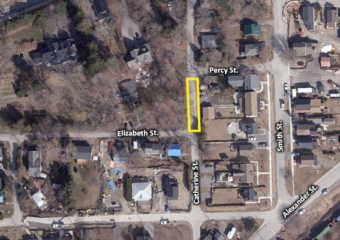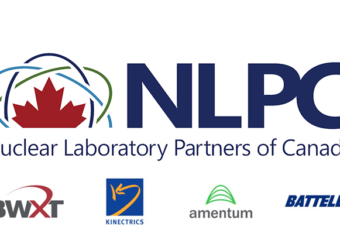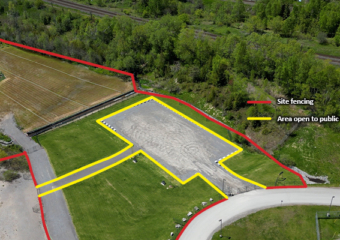With all large sites either completed or well underway, the bulk of the historic low-level waste in Port Hope is now in safe storage as part of the Port Hope Area Initiative (PHAI) cleanup. Once cleanup is complete on a given site, the restoration phase is the next step in the process, and it is often the finishing touch that makes the difference.
“From very early on the PHAI was talked about as creating a legacy for future generations. For us at CNL, we see it as moving closer to a cleaner tomorrow,” shared Scott Cameron, General Manager responsible for the PHAI. “Our work in cleaning up once-contaminated areas means that the Municipality of Port Hope –the owner of the majority of the larger sites – has the opportunity to determine the final restoration of the lands.”
Restoration involves the replacement of soil, ensuring erosion control is in place, grading and tree planting. In some cases, infrastructure is replaced or installed. Both Lions Park Recreation Centre and Chemetron Lagoon will be restored to park-like conditions with seating and walking trails.
“We work with the specialists to determine native species and what is best for the areas being restored. We also ensure that the plantings, including trees, are maintained so they can thrive,” added Cameron.
Restoration is always completed based on direction from the property owner to ensure it meets their current and future needs. At times, property owners may decide not to have certain features replaced, such as structures, plantings or playgrounds.
The principle is the same for privately owned properties where restoration is fully discussed and agreed upon by property owners, detailed in a Remediation and Restoration Agreement prior to the start of the work.
“We do know that things can change as we proceed with remediation and restoration work, and that’s why we maintain ongoing dialogue between our project team and property owners to ensure that everyone is satisfied with the restoration,” committed Cameron.
The restoration of these cleaned-up sites is a clear sign that the historic waste, that has been a long-standing environmental issue, has been addressed with safe management practices, resulting in significant improvements to the environment.



